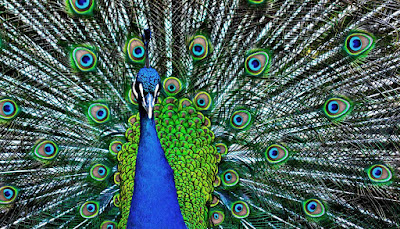WHAT WILL THE OVERHAULED ENDANGERED SPECIES ACT DO?
One of the most effective device for protecting pets and plants in the US shed some teeth September 26 when new rules changed the Threatened Species Act—credited with rescuing renowned animals such as the hairless eagle and the Florida manatee.
Game Tembak Ikan Dengan Deposit
The changes make it easier to remove species from the list, and compromise securities for species classified one step listed below threatened, to name a few changes.
Advocates say the changes will bring greater openness to the rules, and ease the regulative concern on mining companies, oil and gas drilling attire, and others in locations where protected species live. Challengers say the changes will make it significantly harder for threatened species to recuperate.
A variety of ecological teams have submitted a suit to quit the changes, and several specify lawyers basic have done the same.
Here, Elizabeth Hadly, teacher in ecological biology at Stanford College, participant of Bio-X, and elderly other in the Stanford Timbers Institute for the Environment, and Michael Wara, elderly research scholar at Timbers, discuss the most likely impacts of the new rules and lawful options in advance:
Q
Why are these modifications to the Threatened Species Act (ESA) a concern for the Surpass management?
A
Wara: The ESA is viewed by many country western landowners as a considerable restriction on the use their land. Their view is that the legislation unfairly levies costs on them or also expropriated their property. This modification of the ESA has lengthy been a concern for conservative Republicans in country states—a core element of Trump's base.
Q
What are the significant staminas and weak points of the act, as it was initially written?
A
Hadly: The Threatened Species Act, gone by bipartisan ballots in both the Us senate and House and put right into place by Republican Head of state Richard Nixon in 1973, is an effective and important item of regulations.
It has balanced the needs of species versus the local, local, nationwide, and worldwide drivers of development and source removal. It's imperfect because it places the onus of protection into individual species, not the ecosystems on which they depend.
However, the ESA has offered to educate the general public, and researchers as well, about how ecosystems work and how they can come unraveled by elimination of particular species and why. Over the previous 46 years, the ESA has protected greater than 200 species, yet a lot more need its protection currently, greater than ever before.



